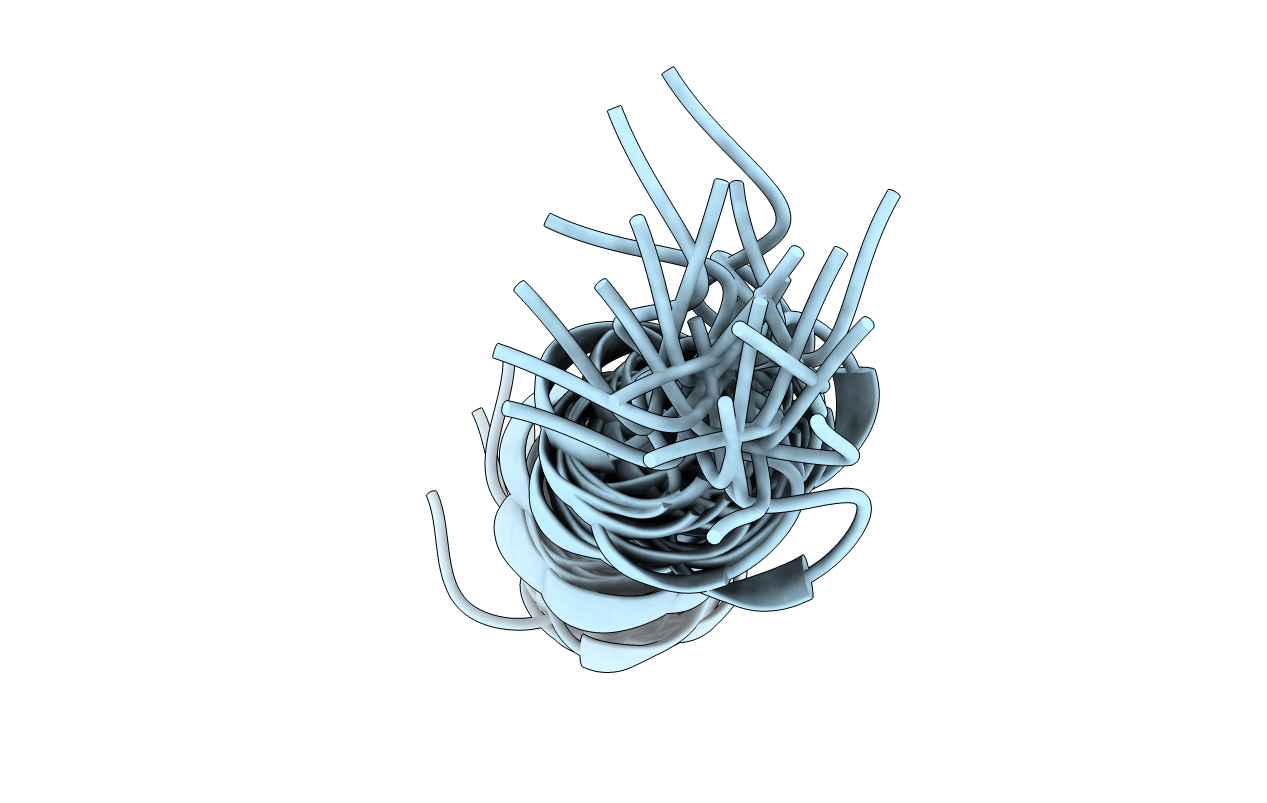
Deposition Date
2000-04-06
Release Date
2001-02-28
Last Version Date
2024-05-22
Entry Detail
PDB ID:
1EQX
Keywords:
Title:
SOLUTION STRUCTURE DETERMINATION AND MUTATIONAL ANALYSIS OF THE PAPILLOMAVIRUS E6-INTERACTING PEPTIDE OF E6AP
Biological Source:
Source Organism:
Homo sapiens (Taxon ID: 9606)
Method Details:
Experimental Method:
Conformers Calculated:
30
Conformers Submitted:
24
Selection Criteria:
structures with acceptable covalent geometry, structures with the least restraint violations


